How to Install a Garden Pond for Aquatic Plants and Fish
If you are a gardening enthusiast, you might want to consider installing a garden pond for aquatic plants and fish. A garden pond not only adds beauty and serenity to your outdoor space, but it also provides a habitat for aquatic plants and fish. It can be a great focal point for your garden, attracting birds, butterflies, and other wildlife.
Why Install a Garden Pond?
There are several reasons why you should consider installing a garden pond:
- Enhance the beauty of your garden: A garden pond adds an aesthetic appeal to your outdoor space. It can be designed in various shapes and sizes to complement the existing landscape.
- Create a habitat for aquatic plants and fish: A garden pond provides a natural habitat for aquatic plants and fish. It can help maintain the ecological balance in your garden by providing a food source for birds and other wildlife.
- Improve air quality: Aquatic plants in a garden pond can help improve air quality by absorbing carbon dioxide and releasing oxygen.
- Relaxation and stress relief: A garden pond can be a great source of relaxation and stress relief. The sound of running water can have a calming effect on the mind and body.
Now that you know the benefits of installing a garden pond, let’s get started on how to install one for your aquatic plants and fish.
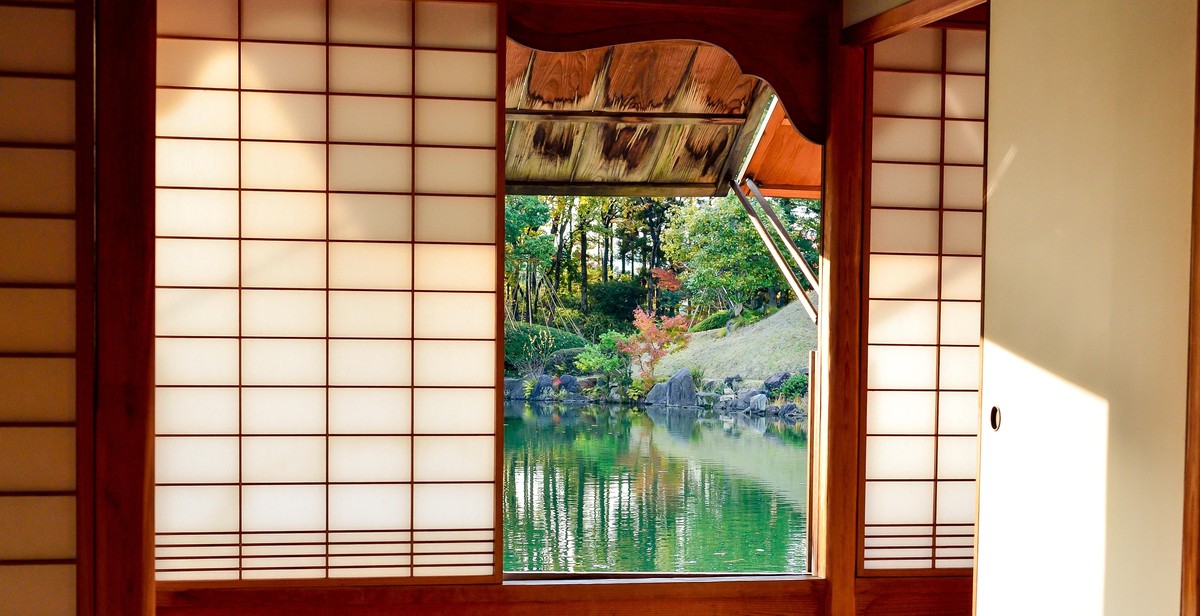
Choosing the Right Location
When it comes to installing a garden pond for aquatic plants and fish, one of the most important decisions you’ll make is choosing the right location. There are several factors to consider when selecting a spot for your pond, including:
Considerations for Location
- Amount of sunlight: Most aquatic plants require at least six hours of sunlight each day to thrive. Be sure to choose a location that receives adequate sunlight.
- Proximity to trees: Falling leaves and debris from nearby trees can make pond maintenance more difficult. Choose a spot that is not too close to trees.
- Accessibility: You’ll want to be able to easily access your pond for maintenance and cleaning. Consider how far the pond will be from your house and any paths or walkways you’ll need to use to get to it.
- Ground stability: Make sure the ground where you plan to install the pond is stable and won’t shift or erode over time. You don’t want your pond to become uneven or collapse.
- Drainage: Make sure the location you choose has proper drainage. You don’t want your pond to flood or become waterlogged after heavy rain.
- Electricity: If you plan to install a fountain or other water feature, you’ll need access to electricity. Make sure the location you choose is close enough to an outlet.
How to Determine the Right Location
Once you’ve considered the above factors, there are a few steps you can take to determine the best location for your pond:
- Observe the area: Spend some time watching the area where you plan to install the pond. Note how much sunlight it receives, whether it’s prone to flooding, and any other factors that may impact your decision.
- Use a level: Use a level to ensure that the ground where you plan to install the pond is even. If it’s not, you may need to level the ground or choose a different location.
- Consider the view: Think about where you’ll be viewing the pond from. You’ll want to choose a location that provides a good view and enhances the overall look of your garden.
| Pros | Cons |
|---|---|
| Good sunlight | Too close to trees |
| Easy accessibility | Poor drainage |
| Stable ground | Too far from electricity source |
By taking the time to carefully consider all of these factors, you can choose the perfect location for your garden pond and ensure that it thrives for years to come.
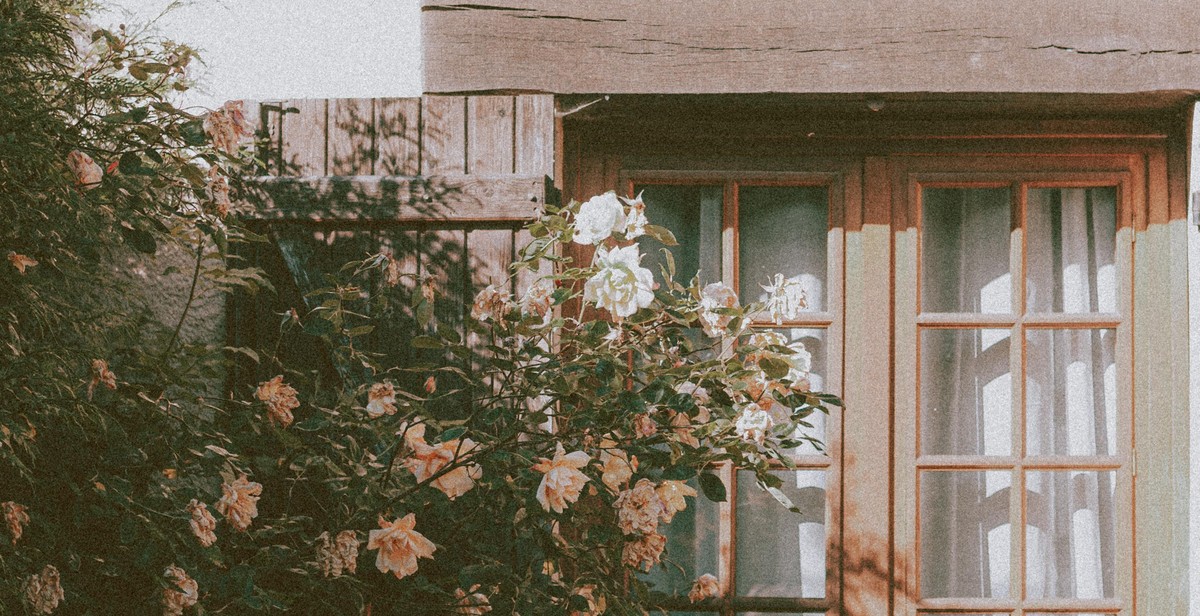
Designing Your Garden Pond
Designing your garden pond is an important step in the installation process. There are several factors to consider when designing your pond, including the type of pond you want, the size and depth of the pond, and the materials needed for construction.
Types of Garden Ponds
There are several types of garden ponds to choose from, including natural ponds, formal ponds, and wildlife ponds. Natural ponds are designed to blend in with the surrounding landscape and often include features like waterfalls and rock formations. Formal ponds, on the other hand, are designed to be more structured and symmetrical, with clean lines and geometric shapes. Wildlife ponds are designed to attract birds, insects, and other wildlife to your garden.
Size and Depth Considerations
The size and depth of your pond will depend on a number of factors, including the size of your garden, the type of plants and fish you want to include, and the amount of sunlight your pond will receive. A general rule of thumb is to make your pond at least 2 feet deep, with a surface area of at least 50 square feet. However, if you plan on keeping larger fish or plants, you may need to make your pond deeper and larger.
Materials Needed for Construction
Once you have designed your pond and determined the size and depth, you will need to gather the materials needed for construction. This may include a pond liner, rocks and gravel for the bottom of the pond, a pump and filter system, and aquatic plants and fish. It is important to choose high-quality materials that are designed for use in ponds, as using the wrong materials can lead to leaks and other problems.
| Materials Needed | Description |
|---|---|
| Pond liner | A waterproof material that lines the bottom and sides of the pond to prevent leaks |
| Rocks and gravel | Used to cover the bottom of the pond and create a natural-looking environment for fish and plants |
| Pump and filter system | Keeps the water in the pond clean and healthy for fish and plants |
| Aquatic plants and fish | Adds beauty and life to the pond |
By considering the type of pond you want, the size and depth of your pond, and the materials needed for construction, you can design and install a beautiful and functional garden pond that will provide years of enjoyment.
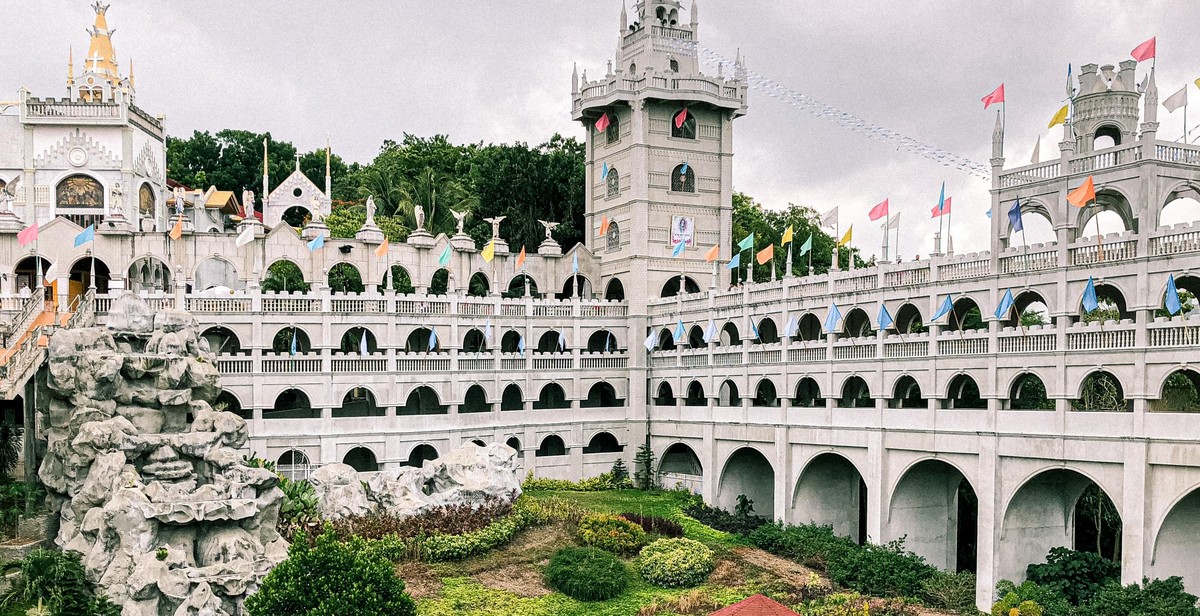
Digging and Building the Pond
Once you have selected the location for your garden pond and gathered all the necessary materials, it’s time to start digging and building the pond. Here are the steps to follow:
Preparing the Area
The first step is to clear the area of any debris, rocks, or plants that may interfere with the pond’s construction. Make sure the area is level and free of any sharp objects that could puncture the pond liner.
Excavating the Pond
Using a garden hose or spray paint, mark the outline of the pond on the ground. Then, using a shovel or a backhoe, start digging the pond to the desired depth and shape. Keep in mind that the pond should be at least 18-24 inches deep to provide a suitable environment for aquatic plants and fish.
Installing the Liner
Once the pond is excavated, it’s time to install the pond liner. Lay the liner over the pond and smooth out any wrinkles or folds. Make sure the liner is large enough to cover the entire pond and extend a few inches beyond the edges.
You can use different types of liners such as PVC, EPDM, or Butyl. PVC liners are the most affordable but have a shorter lifespan compared to EPDM and Butyl liners, which are more expensive but offer better durability and flexibility.
Adding a Waterfall or Fountain
A waterfall or fountain can add beauty and visual interest to your garden pond. To install a waterfall, you will need a submersible pump, tubing, and rocks or boulders to create the waterfall structure.
For a fountain, you will need a fountain pump, nozzle, and tubing. Place the fountain pump in the center of the pond and attach the nozzle and tubing. Then, adjust the nozzle to the desired height and flow rate.
Once the waterfall or fountain is installed, fill the pond with water and let it sit for a few days to allow the water to settle and for any chlorine to dissipate. Then, you can add aquatic plants and fish to your beautiful garden pond.
Table of materials needed:
| Materials | Quantity |
|---|---|
| Pond liner | 1 |
| Submersible pump | 1 |
| Tubing | 1 roll |
| Rocks or boulders | As needed |
| Fountain pump | 1 |
| Nozzle | 1 |
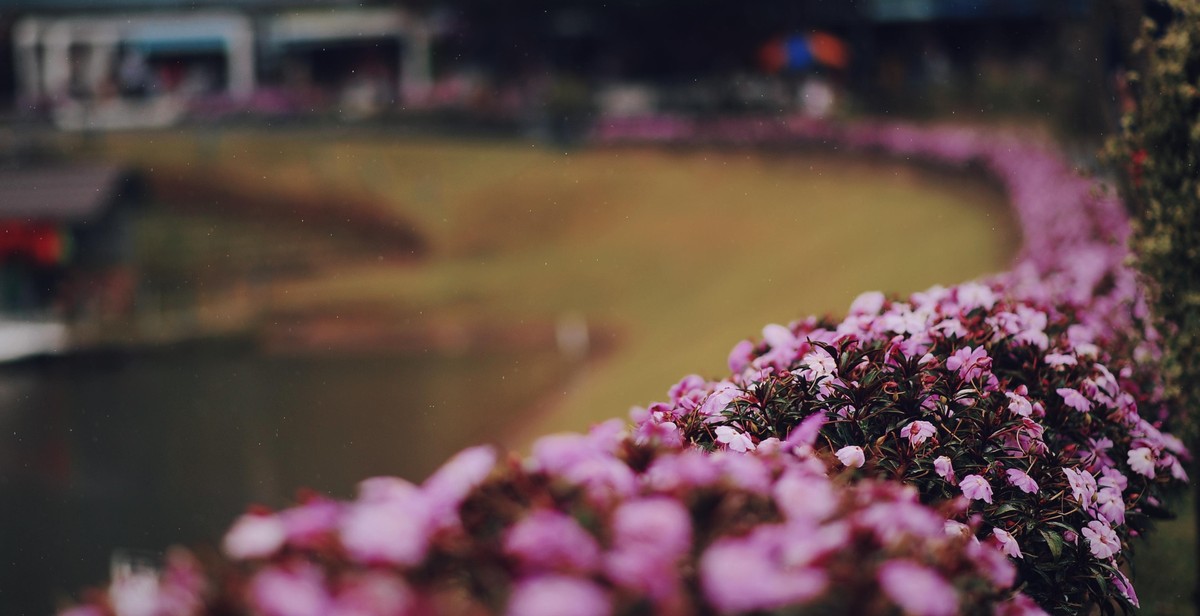
Adding Plants and Fish
Adding aquatic plants and fish to your garden pond is a great way to enhance its beauty and create a thriving ecosystem. Here are some tips on choosing the right plants and introducing fish to your pond.
Choosing Aquatic Plants
When choosing aquatic plants for your garden pond, it is important to consider their growth habits, water requirements, and overall suitability for your climate. Some popular choices include:
- Water lilies: These plants are known for their beautiful flowers and ability to provide shade and shelter for fish.
- Water hyacinths: These floating plants are great for oxygenating the water and controlling algae growth.
- Cattails: These tall, reed-like plants are ideal for adding vertical interest to your pond and providing habitat for wildlife.
- Bog plants: These plants thrive in shallow water and are perfect for creating a natural-looking transition between your pond and surrounding landscape.
It is important to choose plants that are appropriate for the size and depth of your pond, as well as its sun exposure and water quality. Consider consulting with a local nursery or pond expert for guidance on selecting the best plants for your specific needs.
Introducing Fish to Your Pond
Adding fish to your garden pond can be a fun and rewarding experience, but it is important to do so carefully to ensure their health and well-being. Here are some tips for introducing fish to your pond:
- Choose the right species: Not all fish are suitable for all ponds. Consider factors such as water temperature, pH level, and predator risk when selecting fish species.
- Acclimate your fish: Before releasing fish into your pond, it is important to gradually acclimate them to the water temperature and conditions. Float the fish in a plastic bag on the surface of the pond for 15-20 minutes to allow them to adjust.
- Feed your fish carefully: Overfeeding can lead to poor water quality and health problems for your fish. Feed them small amounts of food once or twice a day, and remove any excess food from the water.
- Monitor your fish: Keep an eye on your fish for any signs of illness or stress, such as lethargy, loss of appetite, or abnormal behavior. Consult with a veterinarian or pond expert if you notice any issues.
By following these tips, you can create a beautiful and thriving garden pond that is home to a variety of aquatic plants and fish.
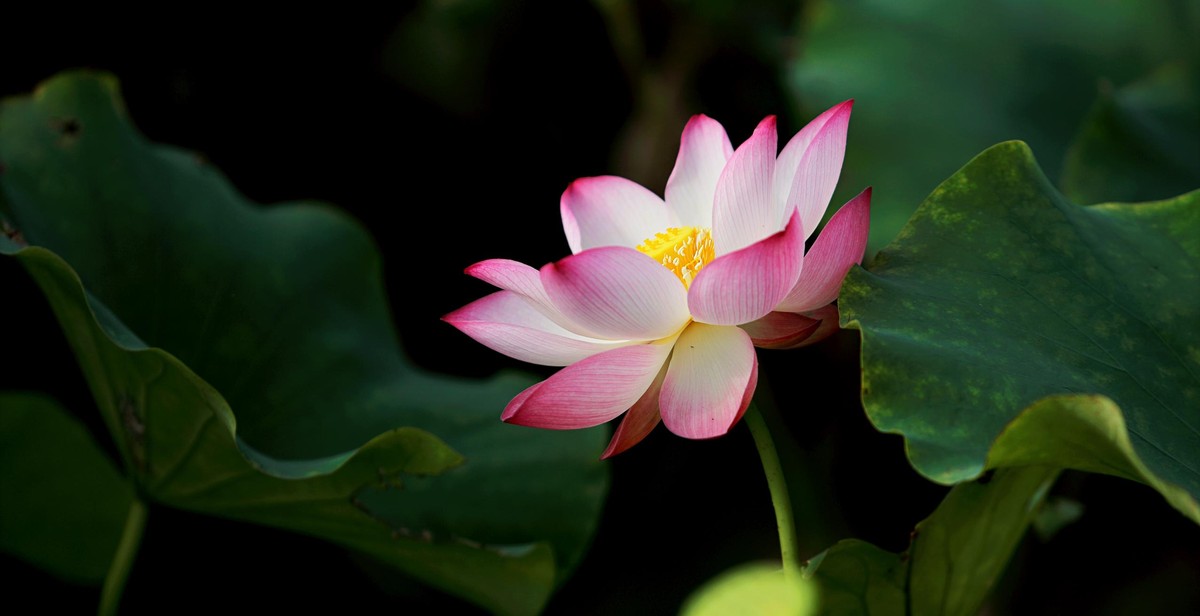
Maintaining Your Garden Pond
Once your garden pond is installed and filled with water, it is important to maintain its water quality and cleanliness to ensure the health and well-being of the aquatic plants and fish that call it home. Here are some tips on how to keep your garden pond in top condition:
Water Quality
Monitoring the water quality of your garden pond is crucial for the health of your aquatic plants and fish. Here are some ways to maintain good water quality:
- Test the water regularly for pH, ammonia, nitrite, and nitrate levels.
- Make sure the water is well-aerated to maintain oxygen levels.
- Keep the water temperature stable.
- Use a biological filter to remove excess nutrients and harmful substances from the water.
Cleaning
Regular cleaning of your garden pond is essential to keep it looking beautiful and healthy. Here are some cleaning tips:
- Remove any debris, such as leaves and twigs, from the surface of the water.
- Clean the pond liner or walls with a brush or pressure washer to remove any algae or buildup.
- Vacuum the bottom of the pond to remove any accumulated debris.
- Trim back any overgrown plants to prevent them from taking over the pond.
Maintenance Tips
To keep your garden pond running smoothly, here are some maintenance tips to follow:
- Check the pump regularly to make sure it is working properly.
- Replace the filter media as needed.
- Perform water changes as necessary.
- Inspect the pond for any leaks or damage.
| Task | Frequency |
|---|---|
| Test water quality | Weekly |
| Clean pond | Monthly |
| Maintain pump and filter | As needed |
By following these tips for maintaining your garden pond, you can enjoy a beautiful and healthy aquatic environment for years to come.
